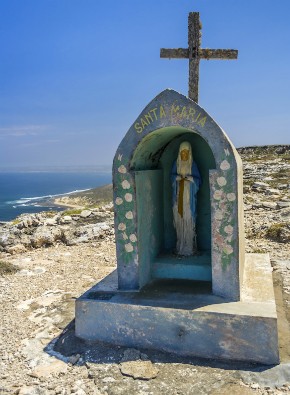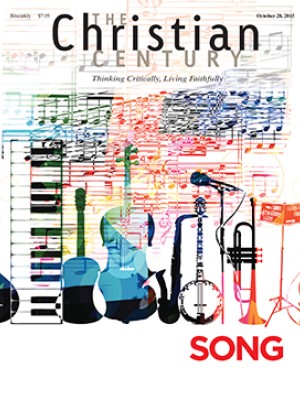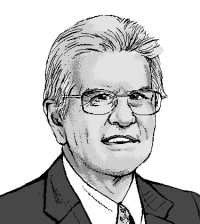Reconcilers in Madagascar

If you go online to seek information about Madagascar, you will be overwhelmed by references to animated films about zebras, penguins, and other zoo animals. Dig a little deeper, though, and you will find a still more amazing true story about the making of a country and its thriving Christian history.
An island off the coast of East Africa, Madagascar covers an area a little smaller than Texas. Like many African territories, it is growing rapidly in population. A country that had 4 million people in 1950 has some 24 million today, and that number should roughly double by 2050, making it more populous than Italy. This growing country has a vibrant Christian tradition; Christians make up roughly half the population. The country’s people—the Malagasy—are a major migrant presence in France, and especially in newer French churches.
Read our latest issue or browse back issues.
Christianity didn’t arrive until 1818—a bicentennial is imminent—but the first believers were very determined, and took seriously their pledge to resist apostasy. Their efforts brought them into sharp conflict with the equally motivated pagan queen Ranavalona I, whom early mission histories recall as a diabolical persecutor, a female combination of Nero and Caligula. Catholics speak of her rule as “the time when the land was dark.”
You get a sense of the country’s Christian origins in the capital city Antananarivo (in popular usage, Tana), where no fewer than four cathedrals commemorate early martyrs. One of these, Andohalo, stands on an intimidating cliff, which in the mid-19th century was the site from which stubborn believers were thrown to their deaths.
Persecution faded after Ranavalona’s death in 1861, leaving a small church immensely strengthened by so many recent stories of martyrdom. Some of Ranavalona’s successors required Christian participation quite as fiercely as the old queen had prohibited it. Since then, Christianity has grown by means familiar throughout sub-Saharan Africa.
Initially, the missionaries laid their own foundations, but their efforts were soon overwhelmed by a series of native revivals, the Fifohazana. As often happens in Africa, these indigenous movements emphasize healing, undertaken by charismatic “shepherds,” supported by faithful women disciples. One great beneficiary of the Fifohazana is the Malagasy Lutheran Church, which now reports 3 to 4 million members.
Also as in much of Africa, demography has vastly expanded Christian influence. Modern-day Madagascar has a population 12 times greater than in Ranavalona’s time.
From 1897 through 1958, Madagascar was part of the French empire. Decolonization had little effect on Christian growth. Today, around one- third of the island’s Christians are Catholics, a quarter are Lutherans, and the remainder belong to strong and distinctly native congregations. The most important of these is the Church of Jesus Christ in Madagascar (FJKM, Fiangonan’i Jesoa Kristy eto Madagasikara), a Protestant Reformed body formed in 1968 from the merger of several missionary groups. A deeply impressive body, the FJKM today claims some 5,800 congregations and over 3 million members, and its large network of schools is critical to education in Madagascar.
It is all but impossible to understand the nation’s post-independence history without reference to these churches and their highly activist role. Since the 1960s, Madagascar has repeatedly suffered waves of violence and political turbulence, in sharp contrast to the stability and sound organization of the churches. As so often in Africa, the churches work when the states do not.
This contrast has been obvious in the political conflicts that have riven the island over the past 15 years, and especially in the career of reformist business magnate Marc Ravalomanana. His wealth and media influence gave him a foundation from which to attack the unpopular regime of the day, but he also owed his power to being the vice president of the FJKM. That supplied a basis for organizing votes and mobilizing communities, laying the groundwork for his victory in national presidential elections in 2002.
When a coup overthrew Ravalomanana in 2009, the churches again played a critical role in urging soldiers to forswear violence and respect civilian lives. Those appeals helped prevent the crisis from turning into a full-scale ethnic and religious civil war, which was all the more likely given the Catholic support for his rival and successor.
Together with Lutherans and Anglicans, the Catholic Church and the FJKM supervised a process of reconciliation and peacemaking at both national and local levels. These efforts culminated with free and transparent democratic elections in 2013 and the installation of a widely popular legitimate government. Madagascar offers a classic example of the church’s role in democratization.






